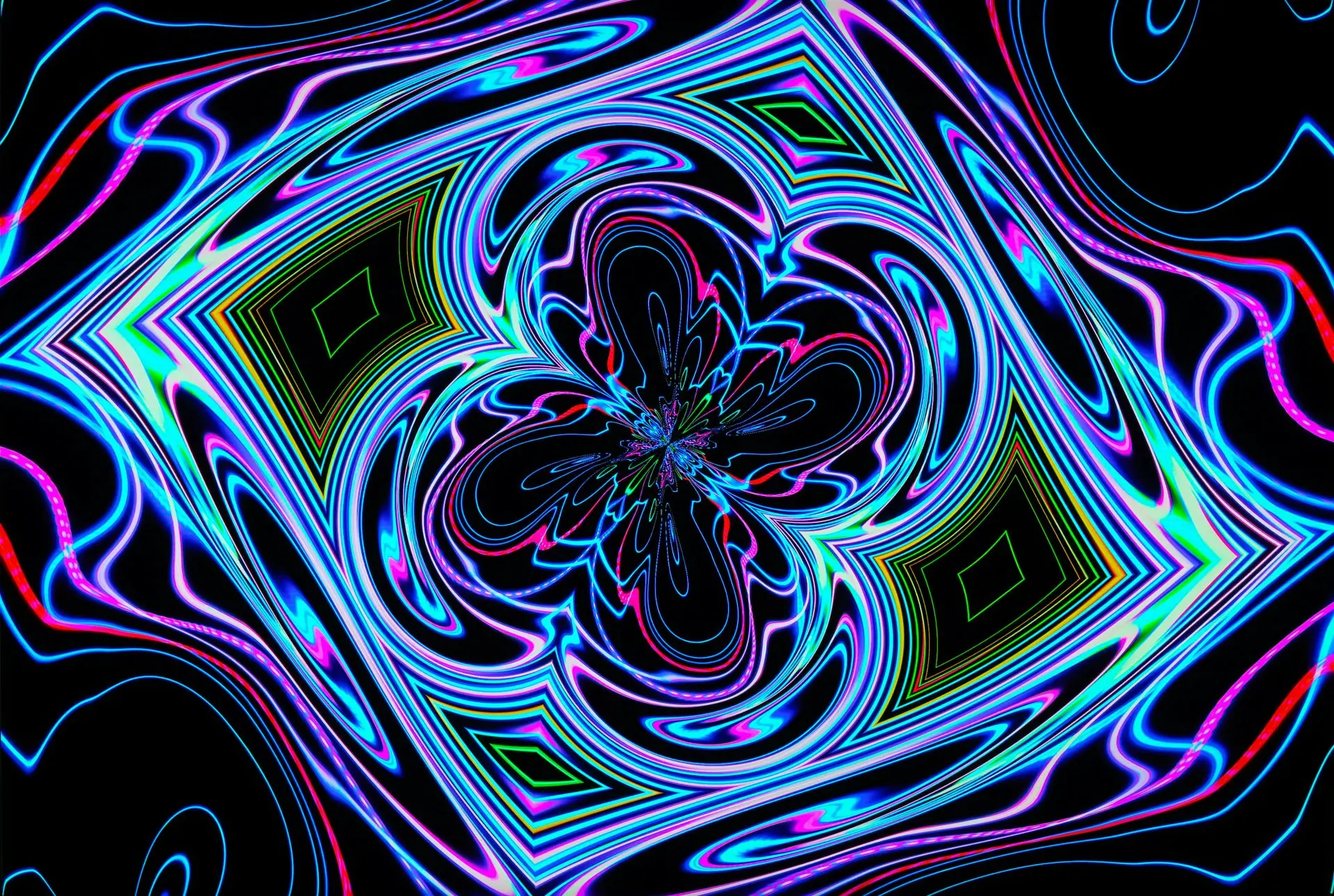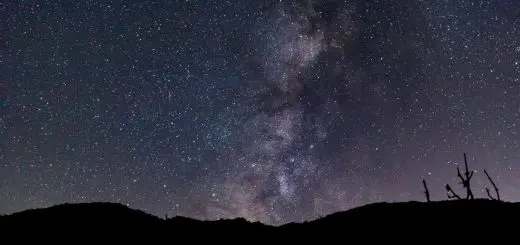What Happens When We Reach the Edge of the Universe?

Looking for more amazing products? Check out our online store and explore our collection here! Happy shopping!
Before diving in, please note: This post is for informational purposes only. If you’d like to know more about how we approach topics, feel free to check out our friendly Disclaimer Page.
Hey there, amazing readers! 
We’re committed to delivering quality posts, and your support (even just sticking around despite the ads) means everything to us. So, bear with us, and thanks for helping us keep the good vibes rolling. Now, on to the fun stuff!
TRANSLATE BUTTON AT THE END OF THE ARTICLE
A Quick Overview
What happens when we reach the edge of the universe?
This thought-provoking question has intrigued scientists and casual stargazers alike for centuries.
While the universe is vast and endlessly fascinating, the concept of its edge is layered with mysteries.
We’re diving deep into everything from what the universe is, to whether we can even reach its edges, and what might lie beyond.
Buckle up; this cosmic journey is sure to be a wild ride!
What Is the Universe and Its Mysterious Edges?
At its core, the universe is everything we know—space, time, matter, and energy.
It’s a grand tapestry woven from galaxies, stars, planets, and dark matter.
When we think about the universe, it’s often tempting to picture a giant bubble filled with countless celestial wonders.
But here’s the kicker: the universe is expanding.
This expansion raises questions about its edges.
Many people picture the universe as a flat surface with a clear boundary.
However, that’s a misconception.
The universe doesn’t have a physical edge like a wall or a fence.
Instead, it has what scientists call the “observable universe.” This is the part we can see or detect, limited by the speed of light and the age of the universe itself, which is about 13.8 billion years.
So, where does this leave us?
The edges of the universe are not boundaries we can physically touch or cross; they are more like boundaries of what we can see.
Beyond those edges lies the unknown, perhaps an infinite expanse that stretches far beyond our current understanding.
The Cosmic Horizon: A Glimpse Beyond Our Galaxy
To visualize the cosmic horizon, imagine standing at the beach, looking out over the ocean.
You can see the waves rolling in, but beyond that, it’s a mystery.
The cosmic horizon is like that; it marks the limit of what we can observe.
Light from distant galaxies takes billions of years to reach us.
This means we can only see a finite number of galaxies, stars, and other celestial objects.
The cosmic microwave background radiation is a remnant from the early universe, giving us a glimpse of its infancy.
Interestingly, as the universe expands, our cosmic horizon shifts.
New galaxies slip into view, while others drift beyond our line of sight.
This fluidity adds layers to our understanding of the cosmos.
It’s a gentle reminder that the universe is a dynamic place, full of surprises.
Can We Really Reach the Edge of the Universe?
Many people wonder—can we actually make it to the edge of the universe?
In short, no, we cannot.
The universe is expanding faster than we can travel.
Explore the Path to Spirituality and Enlightenment – Start Here.
Even if we had a spaceship that could move at the speed of light (which, spoiler alert, is impossible according to current physics), we wouldn’t be able to reach the edge.
Think about it: if you had a balloon and you started blowing it up, the surface of the balloon stretches.
No matter how fast you run around it, you can never reach the farthest point because it keeps moving away from you.
The universe behaves similarly.
That said, we can explore the universe in other ways.
Through telescopes, satellites, and robotic missions, we can gather data and learn about the universe without venturing to its edge.
Isn’t that just mind-blowing?
How Scientists Define the "Edge" of the Universe
When scientists talk about the edge of the universe, they often refer to two concepts: the observable universe and the physical universe.
The observable universe includes all the matter and radiation we can detect, limited by the speed of light.
The physical universe encompasses everything that exists, even if we can’t see it.
For now, our primary focus is the observable universe.
It’s like having a giant cosmic painting, but we can only see a small section of it.
The boundaries of the observable universe are determined by several factors, including the universe’s age and the speed of light.
As time progresses, these boundaries expand, allowing us to see further into the cosmos.
Yet, it’s essential to remember that the edge is not a fixed point; it’s constantly changing.
The Expanding Universe: What Does It Mean for Us?
The universe is not static; it’s actively expanding!
This expansion is primarily driven by dark energy, a mysterious force that accounts for about 68% of the universe.
Think of dark energy as a cosmic accelerant, pushing galaxies apart at an increasing rate.
What does this mean for us?
The universe will continue to grow, and as it does, more galaxies will drift beyond our observable reach.
Over billions of years, the night sky will change dramatically.
Some galaxies will disappear from view, leaving us with a different cosmic landscape.
However, this expansion brings both excitement and a tinge of sadness.
It’s thrilling to think about exploring distant galaxies, but it’s also a reminder of how fleeting our moment in the universe can be.
Exploring Theoretical Concepts of the Universe’s Boundaries
When we venture into the realm of theoretical physics, the idea of the universe’s boundaries becomes even more tantalizing.
Concepts like the multiverse suggest there may be other universes beyond our own, each with its own set of physical laws.
Some theories propose that our universe could be a bubble in a larger cosmic foam.
This foam could be teeming with other bubbles—universes with entirely different properties.
If true, the idea of reaching the edge of our universe takes on a whole new meaning.
Moreover, the fabric of spacetime itself could be warped, leading to wormholes and shortcuts through the cosmos.
These exotic pathways might allow us to traverse vast distances, potentially connecting us to other regions of the universe or even other universes.
It’s like having a cosmic road map with hidden routes!
What Lies Beyond the Observable Universe?
Ah, the big question: What lies beyond the observable universe?
While the answer remains largely speculative, we can make educated guesses.
Some scientists believe that the universe extends infinitely beyond what we can detect.
If this is the case, then beyond our observable universe could be a vast expanse filled with galaxies, stars, and cosmic wonders we can’t even begin to imagine.
Others theorize that these regions might be fundamentally different—perhaps even devoid of matter.
In this sense, the universe could be akin to an ocean with deep trenches and unexplored territories.
Just because we can’t see it doesn’t mean it’s not there!
The Role of Dark Matter and Dark Energy Explained
Now, let’s shed some light on dark matter and dark energy.
While they might sound like the latest sci-fi villains, they play crucial roles in shaping our universe.
Dark matter is an elusive substance that makes up about 27% of the universe.
It doesn’t emit light or energy, making it invisible to traditional telescopes.
However, we can infer its presence through its gravitational effects on visible matter.
Essentially, dark matter acts like a cosmic glue, holding galaxies together.
On the flip side, dark energy—a force driving the universe’s accelerated expansion—comprises that mysterious 68%.
We still have a lot to learn about both dark matter and dark energy, but they are fundamental components of the cosmic puzzle.
Could We Encounter Other Universes at the Edge?
Imagine this: you reach the edge of the universe and stumble into another universe!
While it sounds like something out of a fantastical movie, some theoretical frameworks suggest this could be possible.
The multiverse theory proposes that our universe is just one of many existing in parallel.
If true, there could be universes with different physical laws, dimensions, and even forms of life.
Encountering these alternate realities raises philosophical questions about our existence and the nature of reality itself.
Of course, we have yet to find concrete evidence of other universes.
But the thought of potentially crossing paths with an alternate reality is thrilling, to say the least.
The Fascinating Physics of Cosmic Frontiers
Let’s delve into the physics that governs our universe.
General relativity, proposed by Einstein, laid the groundwork for understanding how gravity operates on cosmic scales.
This theory suggests that massive objects warp spacetime, causing other objects to follow curved paths.
This warping effect is crucial for understanding the universe’s structure and dynamics.
It helps explain phenomena like black holes, gravitational waves, and the universe’s overall expansion.
In addition, quantum mechanics—the science of the very small—also plays a role in our cosmic understanding.
The interplay between these two fundamental theories creates a rich tapestry of possibilities that scientists continue to explore.
The Future of Space Exploration: Reaching for the Edge
As we look to the future, space exploration offers a glimpse into the cosmos’s mysteries.
Technologies like the James Webb Space Telescope enable us to peer deeper into the universe than ever before.
Robotic missions to distant planets and moons will help us gather data and learn more about our cosmic neighborhood.
Meanwhile, advancements in propulsion technology may one day allow for more ambitious journeys into deep space.
While we may never reach the physical edge of the universe, our quest for knowledge can take us further than we ever dreamed.
Each new discovery is like opening a gift from the universe, filled with surprises!
Why the Edge of the Universe Is Full of Surprises!
The edges of the universe are shrouded in mystery and wonder.
They challenge our understanding and inspire curiosity.
As we continue to explore space, we unlock new insights about the cosmos and our place within it.
Every time we look up at the night sky, we’re peering into the depths of time and space.
With each discovery, we’re reminded that the universe is a realm of endless possibilities, constantly evolving and surprising us.
So, what happens when we reach the edge of the universe?
Perhaps we’ll find answers or uncover even more questions.
Isn’t that the beauty of exploration?
The universe will always have more to offer, waiting for us to discover it.
Conclusion
In summary, reaching the edge of the universe is more about expanding our understanding than physically crossing a line.
The universe is a vast, dynamic place filled with wonders, mysteries, and questions that spark our curiosity.
We may never reach the end, but the journey of exploration is just as exciting.
So, let’s keep looking up and dreaming big, because the cosmos is calling!

The Enlightenment Journey is a remarkable collection of writings authored by a distinguished group of experts in the fields of spirituality, new age, and esoteric knowledge.
This anthology features a diverse assembly of well-experienced authors who bring their profound insights and credible perspectives to the forefront.
Each contributor possesses a wealth of knowledge and wisdom, making them authorities in their respective domains.
Together, they offer readers a transformative journey into the realms of spiritual growth, self-discovery, and esoteric enlightenment.
The Enlightenment Journey is a testament to the collective expertise of these luminaries, providing readers with a rich tapestry of ideas and information to illuminate their spiritual path.
Our Diverse Expertise
While our primary focus is on spirituality and esotericism, we are equally passionate about exploring a wide range of other topics and niches 

To ensure we provide the most accurate and valuable insights, we collaborate with trusted experts in their respective domains 
Our blog originally focused on spirituality and metaphysics, but we’ve since expanded to cover a wide range of niches. Don’t worry—we continue to publish a lot of articles on spirituality! Frequently visit our blog to explore our diverse content and stay tuned for more insightful reads.
Hey there, amazing reader! 
Check out our store here and take a peek at some of our featured products below! Thanks for being awesome!












